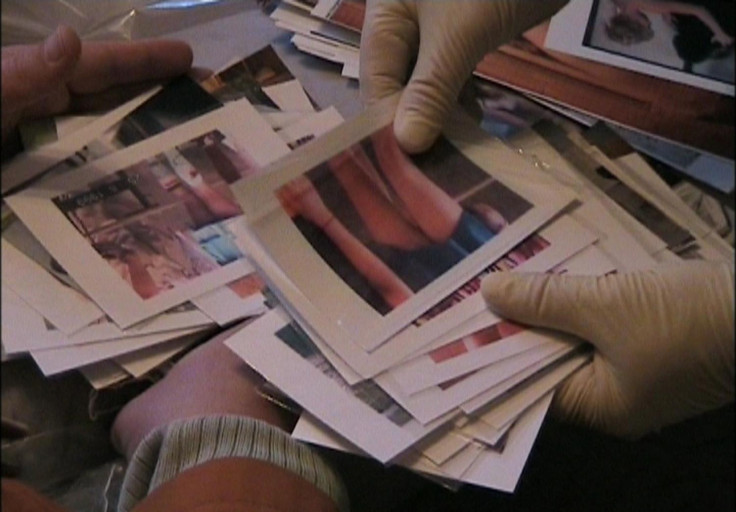Microsoft Tip Leads To Child Porn Arrest; Google, Facebook Also Scan For Vile Images

An eastern Pennsylvania man accused of using his Microsoft account to transmit child pornography was arrested Thursday after the company, alerted to the existence of the images by an internal tracking technology, forwarded the evidence to police.
Tyler James Hoffman, 20, of Drums, Pa., in Luzerne County was charged with child pornography after police received a “cybertip” from Microsoft, according to a police affidavit posted on the Smoking Gun. Using software known as PhotoDNA, Microsoft Corp. (NASDAQ:MSFT) deploys what’s known as “hashing” technology to scan images uploaded, downloaded, and emailed for any pictures that have been previously tagged by child porn-stoppers. Hoffman’s arrest comes just days after Google Inc. (NASDAQ:GOOGL) said it helped police apprehend a man upon finding evidence of kiddie porn in his Gmail account, sparking a debate over protection vs. privacy.
“Child pornography violates the law as well as our terms of service, which makes clear that we use automated technologies to detect abusive behavior that may harm our customers or others,” Microsoft spokesman Mark Lamb told Philly.com.
Thursday’s arrest is a reminder that Google isn't the only major technology company working to help law enforcement stop child pornography, an industry that authorities estimate is worth $20 billion. Groups dedicated to stopping child porn have employees and volunteers who go through the painstaking process of visiting corners of the Internet where the pictures are spread, tagging them so that, once duplicated, the pictures will trigger an alert in Google and Microsoft services, as well as Facebook and Twitter.
Microsoft has popularized PhotoDNA technology, which is capable of recognizing a match photo anytime it’s deployed online, even if it’s been slightly changed. A number of similar software techniques have replicated this method since PhotoDNA grew to prominence in 2009.
Google and Microsoft have repeatedly assured customers that they don’t scan messages for evidence of other crimes, such as robbery or drug activity. The technology companies are required by law to report any instances of child porn to the nonprofit National Center for Missing and Exploited Children, which then forwards the alerts to police agencies. The only problem for investigators, according to a 2012 U.S. Sentencing Commission report to Congress, is that sex offenders have grown accustomed to policing techniques.
“Child pornography offenders vary widely in their technical sophistication,” stated the report. “Many are relatively unsophisticated ‘entry-level’ offenders who use readily available technologies such as ‘open’ [peer-to-peer] file-sharing programs to receive and/or distribute child pornography in an indiscriminate manner. Other offenders, however, use their technological expertise to create private and secure trading ‘communities’ and to evade, and help others evade, detection by law enforcement.”
© Copyright IBTimes 2024. All rights reserved.





















